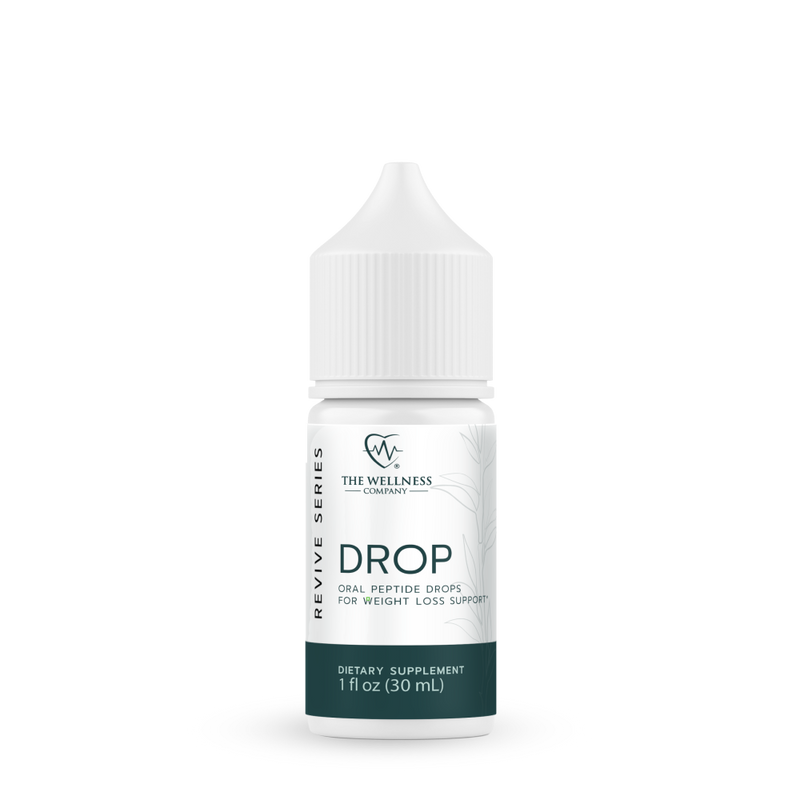New Study: Circulating Spike Linked with Vaccine-Induced Myocarditis

SARS-CoV-2, the virus responsible for COVID-19, invades human cells via its spike protein, which binds to the ACE2 receptor on the host cell surface.
COVID-19 mRNA vaccines were designed to contain the genetic sequence for the spike protein. When the vaccine is administered, the body's cells use this genetic material to produce its own version of spike, which in theory, stimulates an immune response, generating antibodies and T cells that can recognize the actual virus if the person is later exposed to it.
Many have long been concerned that the vaccine-induced spike protein itself may be harmful because of its potential link to a severe vaccine side-effect seen mostly in young men. The side-effect is called myocarditis – an inflammation of the heart muscle that can cause chest pain, shortness of breath, and in severe cases, heart failure.
While extensive research has demonstrated harmful effects of spike from the virus itself, there have until recently been limited data analyzing the effects of spike created by the vaccines.
March 2023 Study Investigates Post Vaccine Myocarditis
A recent study out of Massachusetts by Yonker and colleagues explored the significance of vaccine-induced spike protein [1]. The researchers collected blood from 16 adolescent and young adult patients hospitalized with postvaccine myocarditis. They used these blood samples to compare the patients’ immune profiles to those of 45 healthy, age-matched control patients who had also received the vaccine. Three quarters of the myocarditis patients had developed the pathology after the second dose. The researchers did not include a control group of unvaccinated individuals.
Between Group Similarities
Let’s begin by examining what the myocarditis patients had in common with their healthy counterparts. After performing extensive antibody profiling, the researchers found no differences between the groups in antibody levels, T cell responses, or anti-spike immunoglobulin levels. Humoral immunity – the immunological branch associated with antibodies – was identical between the two groups.
Between Group Differences
The researchers did, however, find differences in some other interesting biomarkers. First, all patients with myocarditis had high levels of cardiac troponin C, and C reactive protein, which are both well-established markers of myocardial injury.
Myocarditis patients also had significantly increased levels of proinflammatory cytokines such as the interleukins and tumor necrosis factor alpha, which the researchers liken to the cytokine response seen in children with COVID-19 multisystem inflammatory syndrome [2].
The study’s most interesting finding, however, related to the spike protein. As part of their analysis, the researchers discovered that vaccine-stimulated spike protein – unbound by antibodies – was markedly higher in the blood samples of myocarditis patients. Circulating spike was not seen in a single patient in the healthy cohort.
Spike was observed in the bloodstream of myocarditis patients up to 3 weeks post-vaccination. The researchers did not perform longer-term follow-ups (which would have been interesting).
The Question of Causality
In discussing their findings, the researchers pose a key question: was spike itself causing myocarditis, or was there was a common immunological cause of both myocarditis and elevated spike? While the science on this question doesn’t appear to be settled, there is robust research suggesting that spike is intrinsically harmful to heart cells [3, 4, 5, 6]. It can damage pericytes and myocytes. It can inflame the critical endothelial lining. It impairs nitric oxide bioavailability and even harms mitochondrial function. It seems reasonable to conclude that high levels of circulating spike are likely to be a contributor to myocarditis, rather than a benign blood marker of immune dysfunction.
Why Does Spike Stick Around So Long?
For their part, the researchers provided the following hypothesis on the critical question of why precisely the spike protein was elevated in postvaccine myocarditis patients:
“In postvaccine myocarditis, the spike protein appears to evade antibody recognition because the anti-spike antibodies that are generated are produced in adequate quantities with normal functional and neutralization capacity.”
On its face, this explanation is tough to decipher. Are we to conclude that the spike protein evaded antibody recognition because antibodies were working normally?
Other Hypotheses
Other researchers have presented alternative answers to the question of why spike stays in the system for so long, despite normal antibody function. In a review paper, Bozkurt [7] suggests that either (1) the mRNA which produces spike manages to evade destruction, (2) the dose of mRNA is simply too high for the body to clear, or (3) that Ab2 type antibodies may render spike-neutralizing antibodies ineffective (these explanations are quite technical – if you’re interested in the details, please read the paper for yourself).
Bottomline
While the study by Yonker et al. was insightful, it should be acknowledged that it had a small sample size and was limited in scope. Further research is needed to explore why spike lingers in some people but not others, and to flesh out the question of causality as it relates to myocarditis.
References
[1] Yonker, L. M., Swank, Z., Bartsch, Y. C., Burns, M. D., Kane, A., Boribong, B. P., ... & Walt, D. R. (2023). Circulating Spike Protein Detected in Post–COVID-19 mRNA Vaccine Myocarditis. Circulation.
[2] Diorio, C., Henrickson, S. E., Vella, L. A., McNerney, K. O., Chase, J., Burudpakdee, C., ... & Bassiri, H. (2020). Multisystem inflammatory syndrome in children and COVID-19 are distinct presentations of SARS–CoV-2. The Journal of clinical investigation, 130(11), 5967-5975.
[3] Avolio, E., Carrabba, M., Milligan, R., Kavanagh Williamson, M., Beltrami, A. P., Gupta, K., ... & Madeddu, P. (2021). The SARS-CoV-2 Spike protein disrupts human cardiac pericytes function through CD147 receptor-mediated signalling: a potential non-infective mechanism of COVID-19 microvascular disease. Clinical Science, 135(24), 2667-2689.
[4] Trougakos, I. P., Terpos, E., Alexopoulos, H., Politou, M., Paraskevis, D., Scorilas, A., ... & Dimopoulos, M. A. (2022). Adverse effects of COVID-19 mRNA vaccines: the spike hypothesis. Trends in Molecular Medicine.
[5] Park, J. W., Lagniton, P. N., Liu, Y., & Xu, R. H. (2021). mRNA vaccines for COVID-19: what, why and how. International journal of biological sciences, 17(6), 1446.
[6] Huynh, T. V., Rethi, L., Lee, T. W., Higa, S., Kao, Y. H., & Chen, Y. J. (2023). Spike Protein Impairs Mitochondrial Function in Human Cardiomyocytes: Mechanisms Underlying Cardiac Injury in COVID-19. Cells, 12(6), 877.
[7] Bozkurt, B. (2023). Shedding Light on Mechanisms of Myocarditis With COVID-19 mRNA Vaccines. Circulation, 147(11), 877-880.














